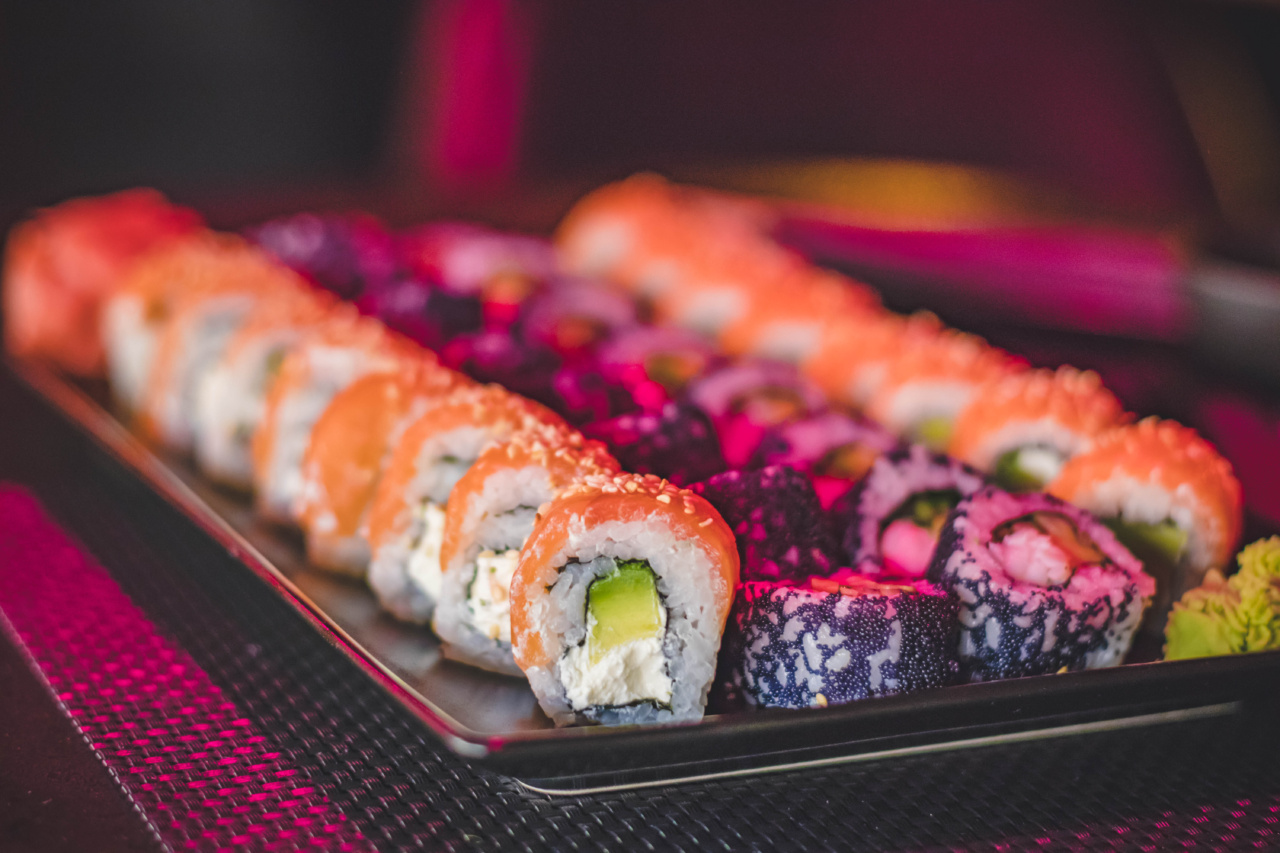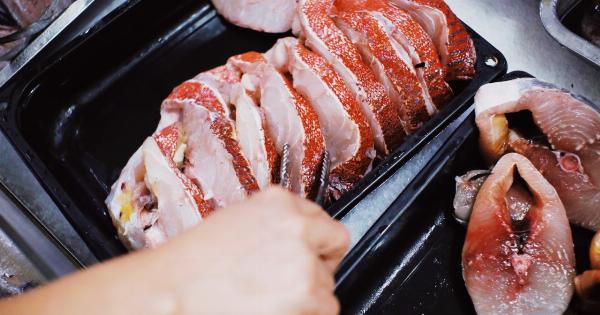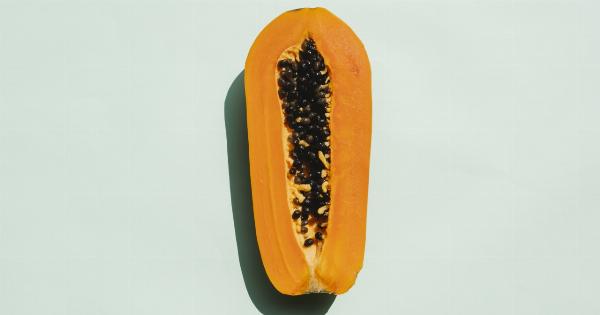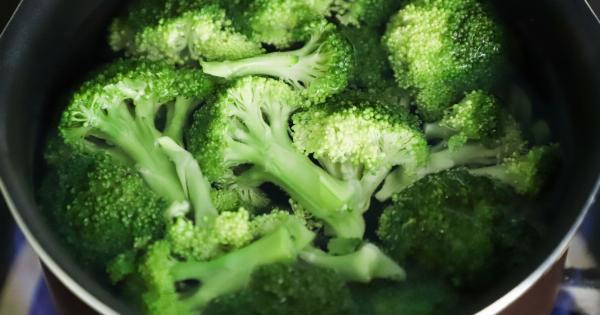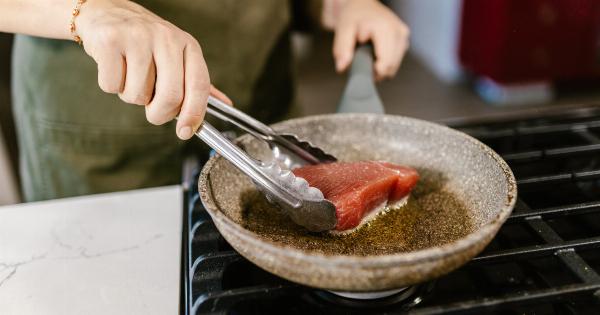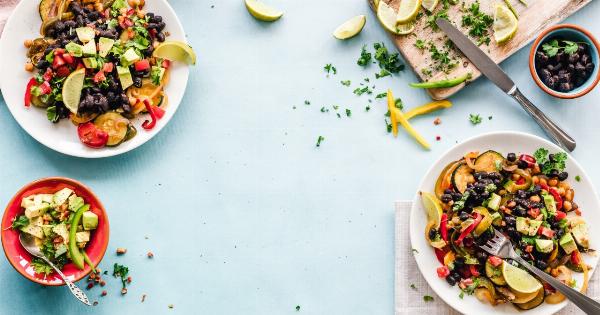Seafood is one of the healthiest sources of protein. It is low in fat and high in Omega-3 fatty acids, making it a great addition to any diet. However, not all seafood is created equal.
Some may contain harmful contaminants or toxins that may pose a risk to your health. This guide will help you choose safe and healthy seafood as we delve into the factors to consider when selecting your seafood.
The Type of Fish or Shellfish
The type of fish or shellfish you choose is important. Some fish and shellfish may contain higher levels of mercury, which can be harmful, particularly to pregnant women and children. When selecting your seafood, consider the following:.
Low Mercury Fish
Low mercury fish include salmon, trout, cod, haddock, sardines, and shrimp. These fish are generally safe to eat in moderation and contain many essential nutrients.
High Mercury Fish
High mercury fish include swordfish, shark, king mackerel, and tilefish. These fish should be avoided, particularly by pregnant women, women who may become pregnant, and young children, as they may cause developmental problems.
The Source of Seafood
The source of seafood is another important factor to consider. When selecting your seafood, consider the following:.
Wild-Caught Seafood
Wild-caught seafood is generally considered to be the healthiest and most sustainable option. These fish are caught in their natural environment and have a lower risk of contamination.
Additionally, wild-caught seafood is often fresher and has a better taste.
Farm-Raised Seafood
Farm-raised seafood is becoming increasingly popular but has its risks. These fish are raised in pens and may be exposed to chemicals or antibiotics.
Additionally, many farm-raised fish are fed a diet high in soy or corn, which can make them less healthy than wild-caught fish. When selecting farm-raised seafood, choose those that are certified by reputable organizations and are sustainably raised.
Contaminants and Toxins
Contaminants and toxins can accumulate in seafood. When selecting your seafood, consider the following:.
Mercury
As we previously mentioned, some fish may contain high levels of mercury, which can be harmful to pregnant women, women who may become pregnant, and young children.
Avoid high mercury fish and limit your intake of low mercury fish to two servings per week.
Polychlorinated Biphenyls (PCBs)
PCBs are chemicals that were once widely used in manufacturing and are now banned. However, they can still be found in some fish and shellfish. Avoid fish and shellfish that are known to have high levels of PCBs, such as bluefish and striped bass.
Bisphenol A (BPA)
BPA is a chemical found in many plastics and can leach into food. Some canned seafood, such as tuna, may contain BPA. Consider choosing fresh or frozen seafood over canned seafood to reduce your exposure.
Freshness and Quality
The freshness and quality of your seafood are essential to ensure its safety. When selecting your seafood, consider the following:.
The Eyes
The eyes of the fish should be clear and bulging, indicating that it is fresh.
The Skin
The skin of the fish should be shiny and firm, not dull or slimy.
The Smell
The fish should have a fresh, ocean-like smell. Avoid seafood that has a strong, fishy odor.
The Texture
The fish should be firm, not mushy or soft.
Cooking Your Seafood
Cooking your seafood properly is also important for safety. Consider the following:.
Cook it Thoroughly
Cook your seafood to an internal temperature of 145°F. This ensures that any bacteria or parasites have been killed.
Store it Properly
Store your seafood in the fridge or freezer until ready to cook. Seafood should be cooked within two days of purchase.
Avoid Cross-Contamination
Do not let your seafood come into contact with other foods to avoid cross-contamination. Wash your hands, utensils, and cutting boards thoroughly after handling seafood.
Conclusion
Choosing safe and healthy seafood is essential to ensure its safety. Consider the type of fish or shellfish, source, contaminants and toxins, freshness and quality, and cooking methods when selecting and preparing your seafood.
